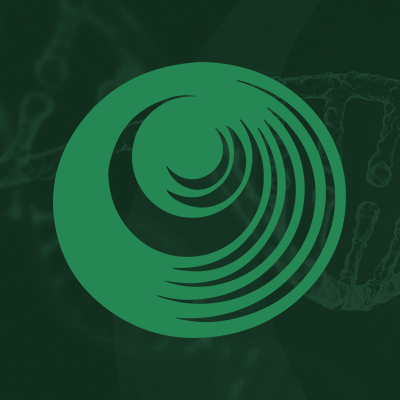Research Papers:
Molecular mechanisms of calcium signaling in the modulation of small intestinal ion transports and bicarbonate secretion
PDF | HTML | Supplementary Files | How to cite
Metrics: PDF 2644 views | HTML 3900 views | ?
Abstract
Xin Yang1,*, Guorong Wen2,*, Biguang Tuo2, Fenglian Zhang1, Hanxing Wan1, Jialin He1, Shiming Yang2 and Hui Dong1,3
1Department of Gastroenterology, Xinqiao Hospital, Third Military Medical University, Chongqing 400037, China
2Department of Gastroenterology, Affiliated Hospital, Zunyi Medical College, and Digestive Disease Institute of Guizhou Province, Zunyi 563003, China
3Department of Medicine, School of Medicine, University of California, San Diego, CA 92093, USA
*These authors contributed equally to this work
Correspondence to:
Hui Dong, email: [email protected]
Shiming Yang, email: [email protected]
Keywords: carbachol; Ca2+ signaling; SOCE; duodenal epithelial ion transports
Received: October 19, 2017 Accepted: December 01, 2017 Published: December 11, 2017
ABSTRACT
Background and Purpose: Although Ca2+ signaling may stimulate small intestinal ion secretion, little is known about its critical role and the molecular mechanisms of Ca2+-mediated biological action.
Key Results: Activation of muscarinic receptors by carbachol(CCh) stimulated mouse duodenal Isc, which was significantly inhibited in Ca2+-free serosal solution and by several selective store-operated Ca2+ channels(SOC) blockers added to the serosal side of duodenal tissues. Furthermore, we found that CRAC/Orai channels may represent the molecular candidate of SOC in intestinal epithelium. CCh increased intracellular Ca2+ but not cAMP, and Ca2+ signaling mediated duodenal Cl- and HCO3- secretion in wild type mice but not in CFTR knockout mice. CCh induced duodenal ion secretion and stimulated PI3K/Akt activity in duodenal epithelium, all of which were inhibited by selective PI3K inhibitors with different structures. CCh-induced Ca2+ signaling also stimulated the phosphorylation of CFTR proteins and their trafficking to the plasma membrane of duodenal epithelial cells, which were inhibited again by selective PI3K inhibitors.
Materials and Methods: Functional, biochemical and morphological experiments were performed to examine ion secretion, PI3K/Akt and CFTR activity of mouse duodenal epithelium. Ca2+ imaging was performed on HT-29 cells.
Conclusions and Implications: Ca2+ signaling plays a critical role in intestinal ion secretion via CRAC/Orai-mediated SOCE mechanism on the serosal side of epithelium. We also demonstrated the molecular mechanisms of Ca2+ signaling in CFTR-mediated secretion via novel PI3K/Akt pathway. Our findings suggest new perspectives for drug targets to protect the upper GI tract and control liquid homeostasis in the small intestine.
 All site content, except where otherwise noted, is licensed under a Creative Commons Attribution 4.0 License.
All site content, except where otherwise noted, is licensed under a Creative Commons Attribution 4.0 License.
PII: 23197
